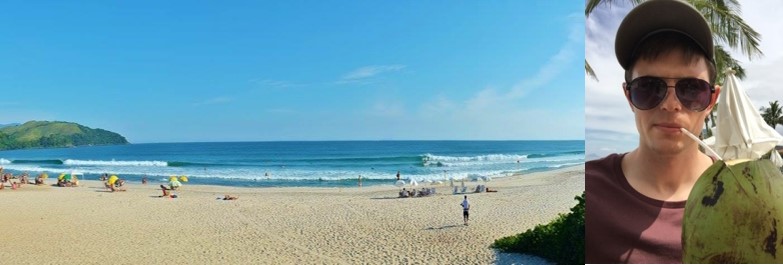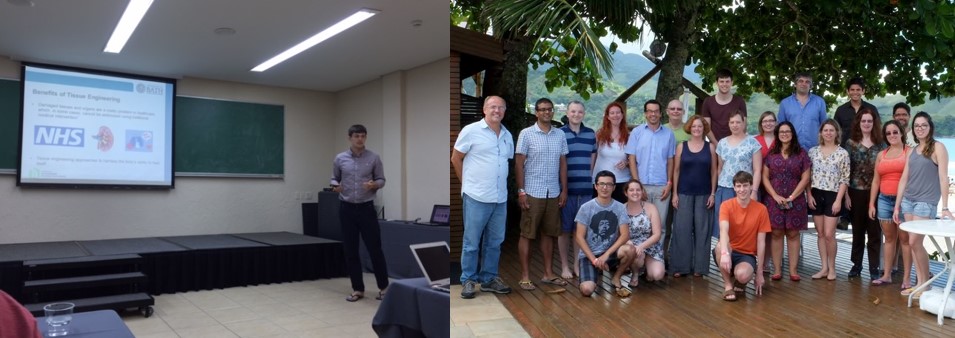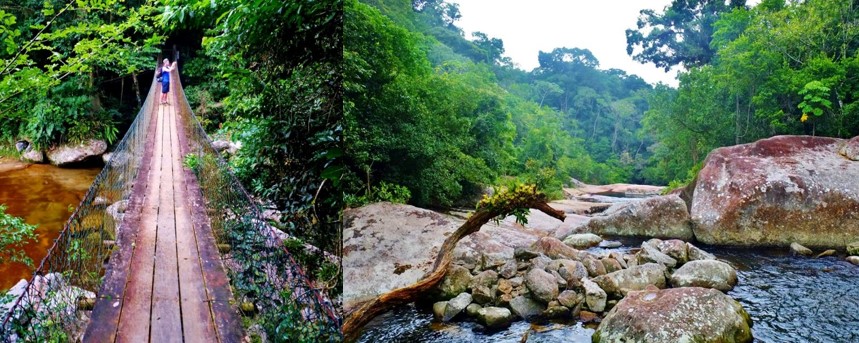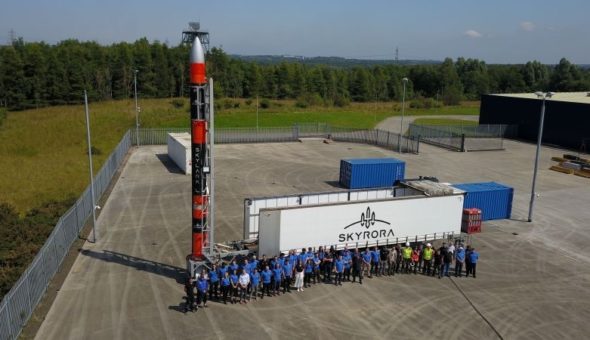The following blog is contributed by Jamie Courtenay of the '14 Cohort.
Today marks the start of the last week of my two month visit to Brazil. I head out early in the morning to the University of Campinas (UNICAMP), where I have been staying for the majority of my time here. I know I have to write my blog today so I only have the short 10 minute walk to construct a whimsical story for you all to enjoy. I arrive at UNICAMP just as it is beginning to wake up; there is reassuring stillness about the place, students beginning to arrive and start their day. I walk across the green campus to a small café near the Chemistry Department. The sun is already high in the sky but hasn’t reached its full power yet, so the temperature is very pleasant.
“Café por favor” I say to the café owner, one of the few Portuguese phrases I have tried to learn, and eagerly await enjoying my cup of strong Brazilian coffee to help wake myself up (it’s really good, I’m actually a bit concerned I might not make it through customs with the amount of coffee beans I’ve got in my suitcase). I take a long draw on the crema of my coffee, and with the hubbub of the Uni growing start to reflect on my time here in Brazil (if you’re still with me this far you’re doing well).
Two months earlier I set off from the UK to start my placement in Brazil as part of the Global Innovation Initiative (GII) collaboration. This transatlantic collaboration brings together Ohio State University (USA), the University of Sao Paulo and UNICAMP (Brazil) and University of Bath (UK). The purpose of my placement was threefold: to take part in the 3rd GII workshop, to spend some time with Professor Munir Skaf at UNICAMP learning how to use computational modelling techniques and to use facilities at the Brazilian Nanotechnology National Laboratory (LNNano).

To kick things off was the 3rd GII workshop which took place in the picturesque beach town of Maresias. Here I was also joined by some fellow PhD students and academics from the CSCT at Bath. The aim of this workshop was for students and academics to present their current research within the project and discuss the future of the collaboration which included planning potential follow-on grants. On the first day of the workshop I presented my research on “modified cellulose scaffolds for tissue engineering” to the attendees. This was a new experience for me as I hadn’t presented my research or given a talk outside the University of Bath before, let alone to such prominent academics in the audience. I felt very nervous; my palms were sweaty, knees weak and arms were heavy, could this feeling be the ill effects of yesterday’s squid spaghetti? However, my nerves were settled and I felt calm and ready when it soon became evident that everyone was really engaged with each other’s research. This created a really nice and friendly atmosphere to work in. It was a great experience working with and getting to know academics and students from across the pond. I particularly enjoyed taking part in the grant planning sessions; I found these an interesting insight into the world of academia.

After the week’s workshop, Marcus Johns and I ventured off for the weekend to the nearby island of Ilhebela – literally meaning a “Beautiful island”. Lured by the prospect of sunning ourselves on golden sand we set off to find the famous Bonete beach. However, standing between us was a “challenging” 10 mile trek through dense tropical jungle with only an overgrown dirt path to guide us.

Now of course hindsight is a wonderful thing… but setting off on a 6 hour walk at 3 o’clock in the afternoon with only one head torch between you and no map is probably not the best idea (I dread to think what my old scout leader would think of me). Within the hour the heavens had opened releasing a torrent of blood warm rain from the skies and the light was fading fast – this was clearly going to be one of those experiences “good for the character”. Despite slipping over numerous numbers of times and managing to cross rickety rope bridges over rivers and the odd waterfall we finally made it to the beach. By this time, it was completely dark apart from fireflies luminescing in the trees. We would have to wait until morning for its true identify to reveal itself to us.

Morning came and the sun shone high and the view was truly fantastic. Luckily, Marcus brought his camera with him so we could capture what we saw. Emerging from the dense green jungle forest we could see the pristine golden sands of Bonete beach before us. Not bad, I thought to myself, not bad at all. However, before long it soon become apparent we were not the only ones enjoying breakfast on the beach. “Borrachudos”, which I think translates as nasty little bloodsuckers had also woken up from the sands and were going to town on our legs. One better versed in Borrachudos-ian would probably have heard them roar “looks like meat’s back on the menu boys!” in anticipation upon sighting our exposed legs. Fortunately for us this was the one thing we were prepared for and armed with enough DEET to drop a cave troll we were able to enjoy our short stay in paradise in relative peace.
For the second part of my placement I was based at UNICAMP in Professor Munir Skaf’s research group. Here I was to learn how to use computational modelling to help understand certain interesting properties of cellulose structures, such as how water molecules interact with the cellulose surface. Cellulose is a natural polymer derived from plant biomass and I am currently developing new tissue scaffold materials from it to use in biomedical engineering. To do this I chemically modify the cellulose surface in order to promote the attachment of cells onto it. As an experimental chemist, using computational modelling was a new technique for me to learn. Munir and his group were very welcoming and helpful in guiding me through the work. Despite in no way being able to call myself an expert it was still very insightful to see the potential this different approach could offer my research.
The final part of my stay was at the Brazilian Nanotechnology National Laboratory (LNNano). Here I was to characterise my cellulose scaffolds using their electric force microscopy and x-ray tomography instruments. Again, these were two new techniques for me to learn but I really enjoyed getting to grips with them. This was a great facility and I felt very lucky to have the opportunity to use it. The instrument scientists I worked with were always more than happy to discuss my findings and help me answer some key questions in my PhD.

I take the last sip of my coffee, my time in Brazil is ending. I have truly enjoyed my stay in this wonderful country and would like to thank the GII grant and EPSRC for giving me the opportunity to do so. If an opportunity like this arises in the future for anyone I would strongly recommend seizing it. I now look forward to seeing my family and friends back in the UK and enjoying a nice cup of English tea.
Jamie is currently working on his PhD project: 'Decorated cellulose surfaces – opportunities for novel, sustainable ingredients for formulated products and tissue engineering scaffolds' with Dr Janet Scott, Professor Karen Edler and Dr Ram Sharma.
Responses



It was a real pleasure to me and my group to spend time with Jamie during his visit to the Center for Computational Engineering & Sciences based at the Chemistry Institute at the University of Campinas in Brazil. During his stay Jamie developed some real nice modeling of the hydration properties of cellulose and functionalized cellulose. We are certain that Jamie's modeling will help to interpret experimental data being obtained at Bath. I hope Jamie has enjoyed his stay as much as we have. Thanks Jamie, Janet, Karen and Ram!